Have you ever wondered what it really takes to raise a cat that’s not just healthy but truly happy and well-adjusted? Cats can be mysterious little creatures—one minute they’re purring in your lap, the next they’re hiding behind the sofa. If you’ve ever felt like you’re deciphering secret cat codes, you’re not alone. Raising a well-adjusted cat is an adventure full of surprises, laughter, and sometimes a few scratches. But here’s the truth: with the right knowledge, a little patience, and a lot of love, anyone can help their feline friend become the confident, calm, and content companion they’re meant to be. Let’s unlock the secrets together!
Understanding Your Cat’s Unique Personality

Every cat brings their own quirky personality to your home, like a housemate with habits all their own. Some cats bounce around with endless energy, while others prefer to lounge in sunbeams all day. Getting to know your cat’s individual traits is key. Spend time observing how your cat reacts to new people, noises, or changes in the environment. Are they adventurous or cautious? Do they love cuddles or keep their distance? Understanding these differences helps you tailor your care and routines. Imagine if we expected all people to act the same—cats are individuals, too! Embracing their unique quirks can help you connect on a deeper level and guide your approach to their well-being.
The Importance of Early Socialization
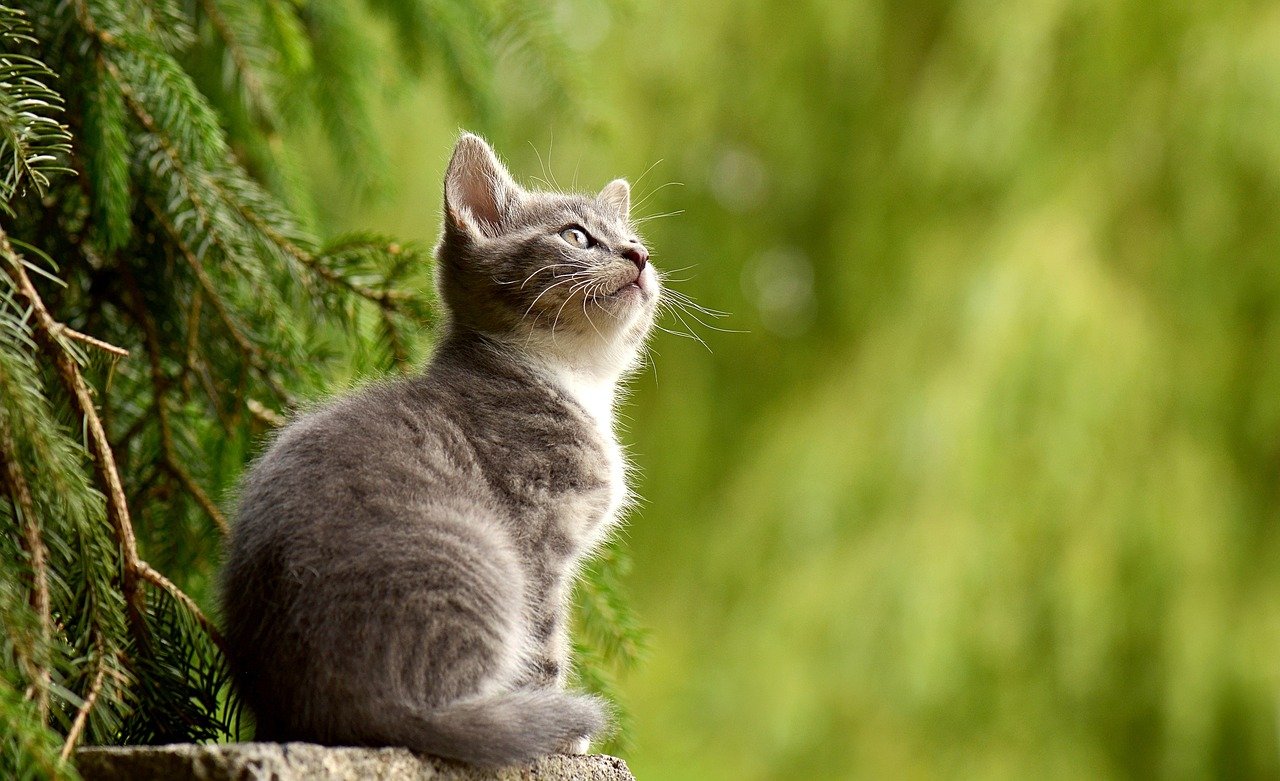
The first few months of a kitten’s life are like the foundation of a house—what happens early on shapes everything that comes later. Early socialization introduces kittens to new experiences, people, and animals in a gentle, positive way. If kittens miss out on this critical window, they might become nervous or fearful adults. Play with your kitten often, invite friends over to meet them, and expose them to common household sounds. Even adult cats benefit from gentle exposure to new things, though it may take more time. Socialization isn’t just about preventing fear; it’s about building confidence and curiosity that will last a lifetime.
Creating a Safe and Stimulating Environment

Imagine being stuck in a plain room with nothing to do—boring, right? Cats feel the same way. A well-adjusted cat needs an environment that’s safe but also full of interesting things to explore. Offer plenty of cozy hiding spots, climbing trees, and scratching posts. Place perches near windows so your cat can watch the world outside—a constant source of feline entertainment. Rotate toys often to keep things fresh. Safety matters, too: hide electrical cords, secure windows, and remove toxic plants. When your cat feels both safe and stimulated, they’re more likely to relax and show off their playful side.
The Role of Nutrition in Behavior

The old saying “you are what you eat” applies to cats, too. A balanced diet isn’t just about shiny fur; it affects mood, energy, and even how your cat interacts with you. Poor nutrition can lead to irritability, lethargy, or even aggression. Choose a high-quality cat food that matches your cat’s age and health needs. Watch out for overfeeding—obese cats often struggle with mobility and mood swings. If you’re ever unsure, ask your vet for guidance. Remember, a cat who feels good inside is more likely to be happy, active, and affectionate.
Bonding Through Play
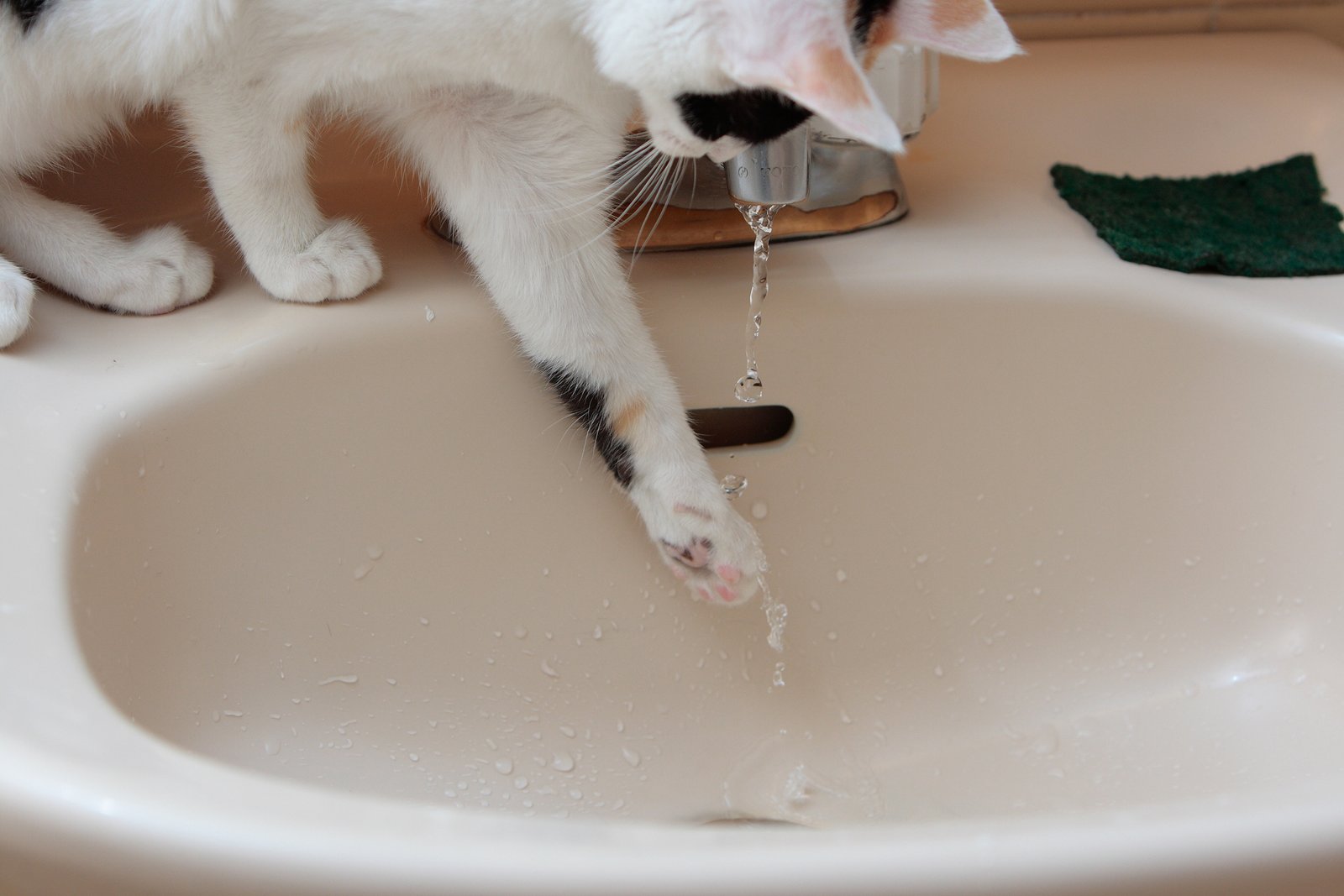
Playtime is more than just fun and games—it’s a powerful way to bond with your cat and help them burn off energy. Invest in a variety of toys, from feather wands that mimic prey to crinkly balls that make exciting noises. Set aside time each day for interactive play; it’s like a mini adventure for your cat. Watch how they stalk, pounce, and chase—it’s their wild instincts in action! Play also relieves boredom and reduces the risk of destructive behavior. Even older cats enjoy a good game, so never underestimate the power of a playful moment to strengthen your relationship.
Proper Litter Box Care
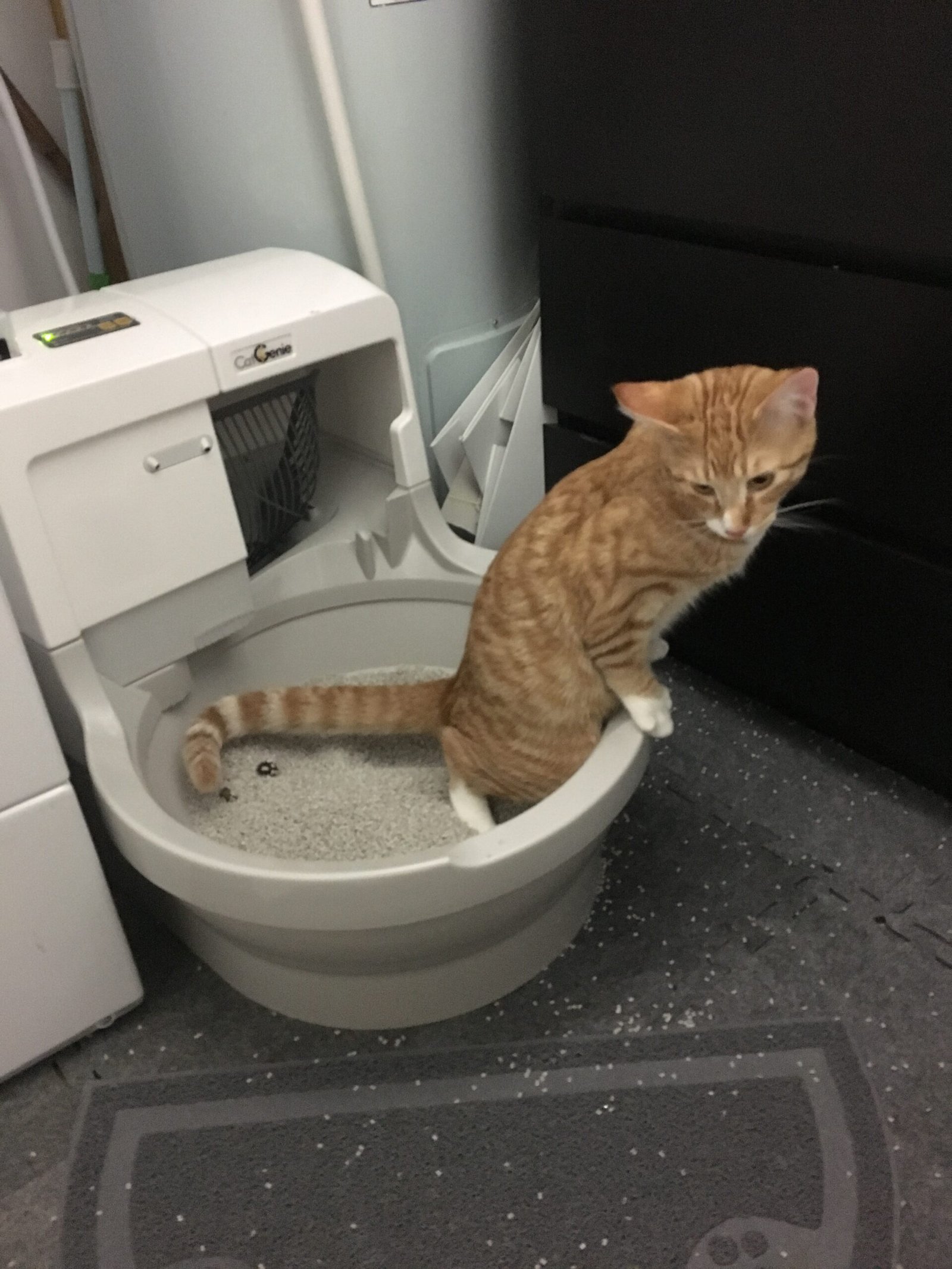
A dirty litter box is the feline equivalent of a filthy public restroom—no one wants to use it. Cats are clean animals, and they expect their litter box to be fresh and accessible. Scoop the box daily and change the litter regularly to prevent odors and bacteria buildup. The location matters, too: put the box in a quiet, low-traffic area but not somewhere hard to reach. If you have multiple cats, provide enough boxes (one per cat, plus one extra is a good rule). When litter box needs are met, cats are less likely to develop stress-related behaviors like inappropriate elimination.
Handling Stress and Anxiety
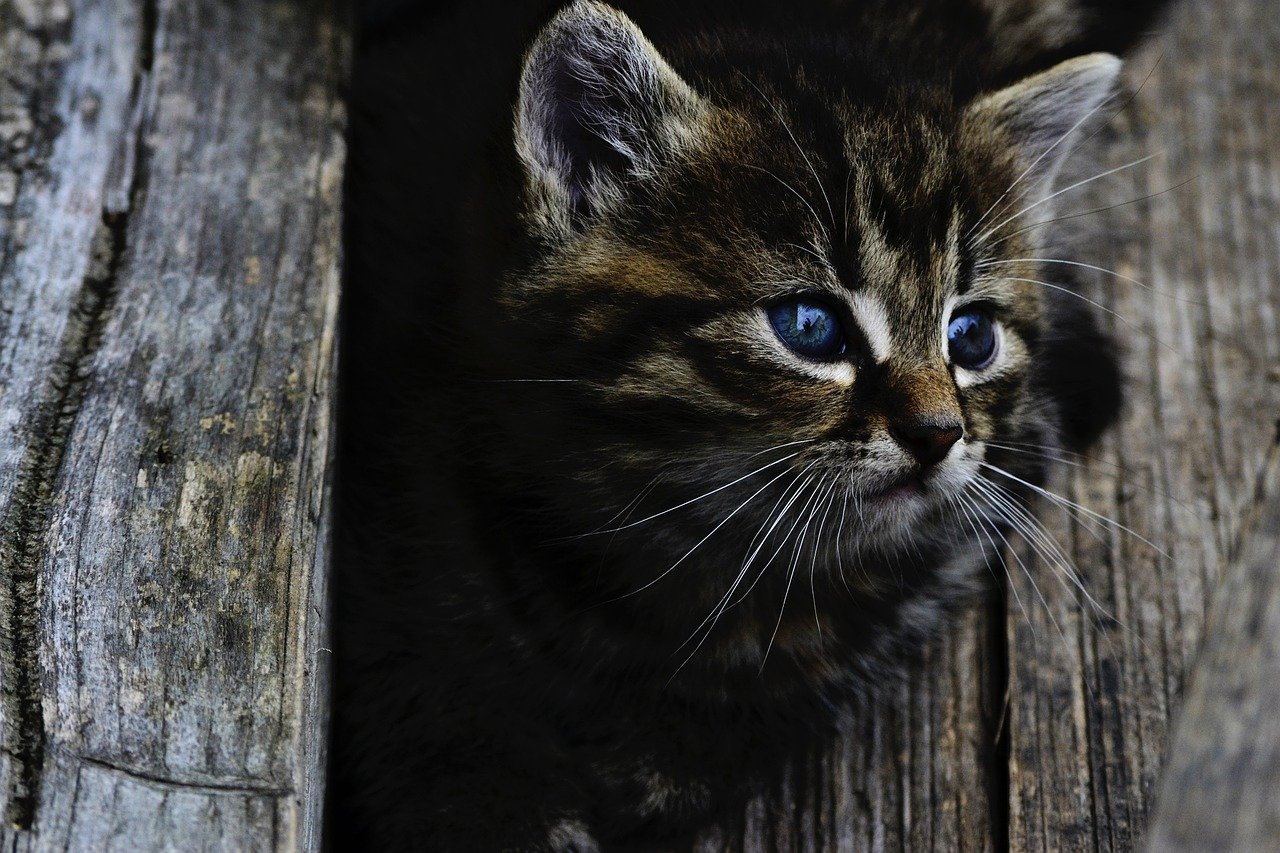
Life can sometimes feel overwhelming for cats, especially when routines change or new people or animals are introduced. Signs of stress include hiding, aggression, over-grooming, or even refusing to eat. Help your cat by sticking to predictable routines, offering safe spaces to retreat, and using gentle reassurance. Pheromone diffusers can help calm anxious cats, and slow introductions to new situations work wonders. Remember, your calm presence is often the best comfort. A stressed cat will look to you for cues, so show patience and understanding as they adjust.
Understanding Cat Body Language

Cats might not speak our language, but they’re always telling us something with their bodies. A flicking tail, flattened ears, or a slow blink can reveal a whole world of feline feelings. Learning these subtle cues is like having a secret conversation with your cat. If your cat’s tail is upright, they’re happy to see you. If their pupils are wide, they might be scared or excited. Take note of how your cat behaves when they’re relaxed versus when they’re anxious. The more you tune in to their body language, the better you can meet their needs.
Introducing New Pets or People

Bringing a new pet or person into your home can feel like a big event for your cat. Cats thrive on routine, so any change can be unsettling. Start introductions slowly—let your cat sniff items belonging to the newcomer before any face-to-face meetings. Use treats and praise to create positive associations. Never force interactions; allow your cat to approach when they’re ready. If you’re introducing another pet, keep initial meetings short and supervised. With time and patience, most cats learn to accept new companions, even if they act like drama queens at first.
The Power of Routine

Cats love predictability—it’s like comfort food for their souls. Regular feeding times, play sessions, and quiet moments create a sense of security. When life gets unpredictable, cats may act out with unwanted behaviors. Try to keep daily routines as stable as possible. Even small habits, like greeting your cat the same way each day, help build trust. If you travel or have to change routines, ease your cat into it gradually. A predictable life is a happy life for most cats, and they’ll show their appreciation by being more relaxed and affectionate.
The Benefits of Enrichment Activities

Cats are natural hunters and problem solvers, so their minds need exercise just as much as their bodies. Enrichment activities—like puzzle feeders, treat-hiding games, or even teaching simple tricks—keep your cat’s brain buzzing. Rotate toys and try new games often to prevent boredom. Some cats love learning to fetch or walk on a harness for outdoor adventures. Think of enrichment as a gym for your cat’s mind: the more you provide, the sharper and happier they’ll be. Plus, enrichment can reduce anxiety and destructive habits.
Grooming and Handling with Care

Grooming isn’t just about keeping your cat looking glamorous—it’s an act of trust and bonding. Start brushing your cat gently from a young age, rewarding them with treats and praise. Regular grooming prevents mats and reduces shedding, especially for long-haired breeds. Even short-haired cats benefit from a gentle brush. Handling your cat’s paws and ears during grooming helps them get used to being touched, making vet visits easier. Remember, patience is key; if your cat squirms or protests, take a break and try again later.
Health Checks and Veterinary Care
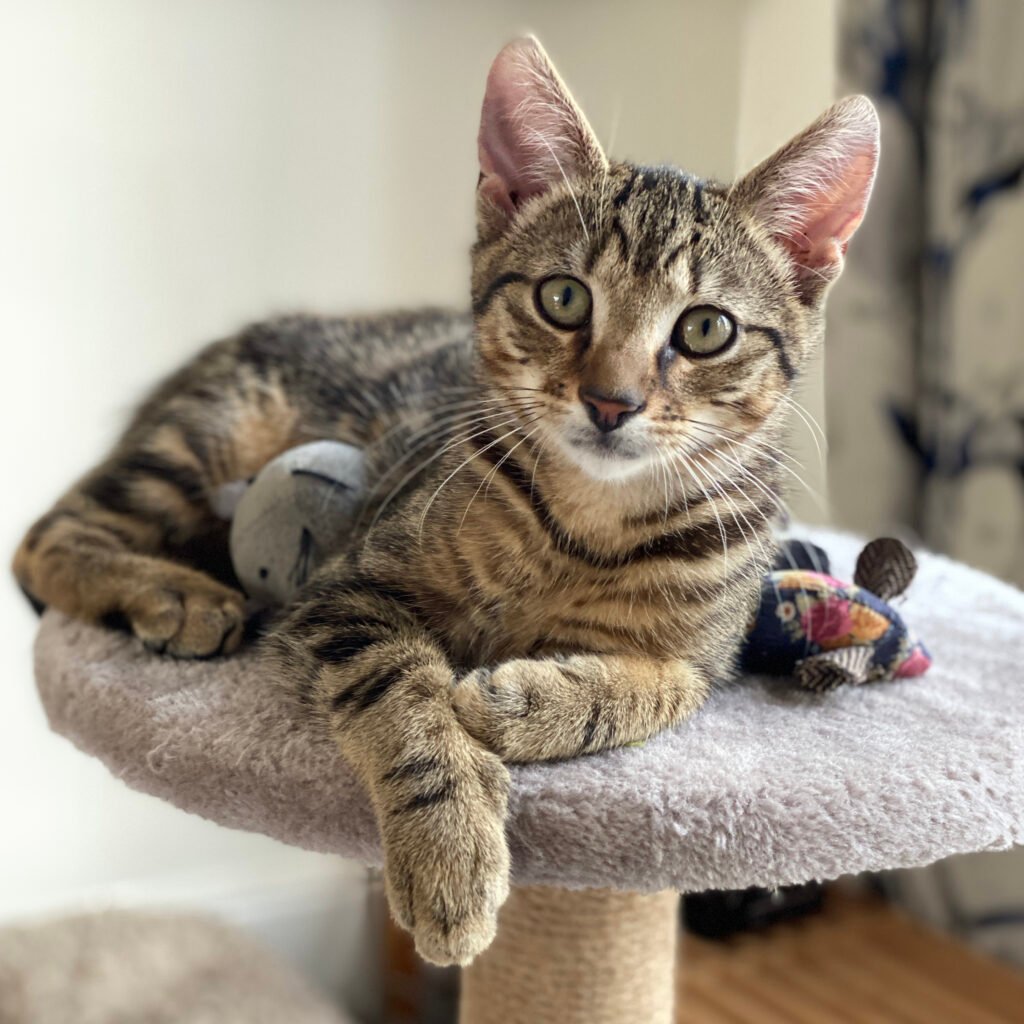
Just like people, cats need regular check-ups to stay in top shape. Annual vet visits help catch health problems early, from dental issues to hidden infections. Keep vaccinations up to date and talk to your vet about parasite prevention. Watch for subtle signs of illness, like changes in appetite, behavior, or litter box habits. Don’t wait for obvious symptoms—cats are masters at hiding discomfort. Building a good relationship with your vet makes it easier to ask questions and get the best care for your feline friend.
The Value of Positive Reinforcement

Cats don’t respond well to punishment—it just confuses and scares them. Positive reinforcement, like treats, praise, or a favorite toy, teaches cats what behaviors you want. For example, reward your cat for using the scratching post instead of the sofa. Be consistent and patient; cats learn best when they feel safe and encouraged. Even small steps, like coming when called or letting you trim their nails, deserve a little celebration. Focusing on positive moments builds trust and makes your cat eager to please.
Dealing with Behavioral Issues

Sometimes, even the most loving cats develop habits that test your patience—scratching furniture, biting, or peeing outside the litter box. Don’t take it personally; behavioral issues often signal stress, boredom, or medical problems. First, rule out health issues with a vet visit. Then, look for patterns: does the behavior happen at certain times or after big changes? Address the underlying cause rather than just the symptoms. Offer alternatives, like scratching posts or more playtime. With time and compassion, most behavioral problems can be solved or managed.
Encouraging Independence

While cats love affection, they also value their independence. Give your cat space to explore and make choices—whether it’s deciding when to play or where to nap. Avoid forcing interactions; let your cat come to you when they’re ready. Independent cats are often more confident and less stressed. Create opportunities for solo play with self-rolling balls or interactive feeders. Trusting your cat to make their own decisions shows respect and helps them feel secure in their home.
Understanding Feline Communication

Cats communicate in ways that can seem mysterious if you’re not paying close attention. From meows and chirps to the silent language of their tails, every sound and gesture means something. Some cats are chatterboxes, while others are quiet observers. Notice your cat’s different vocalizations and what situations trigger them. Respond to their communication, even if it’s just a gentle word or stroke. The more you “talk” with your cat, the stronger your bond becomes. It’s like learning a new language—one meow at a time.
Travel and New Experiences

Traveling with cats or introducing them to new experiences can be challenging, but it’s not impossible. Use a sturdy carrier and make it a safe, cozy place before any trip. Start with short car rides to build your cat’s confidence. Bring familiar blankets or toys to help them feel secure in new environments. If you’re moving house, set up a “safe room” with everything your cat needs until they’re ready to explore. New experiences can be stressful, but with patience and preparation, your cat can learn to adapt.
The Impact of Aging on Behavior
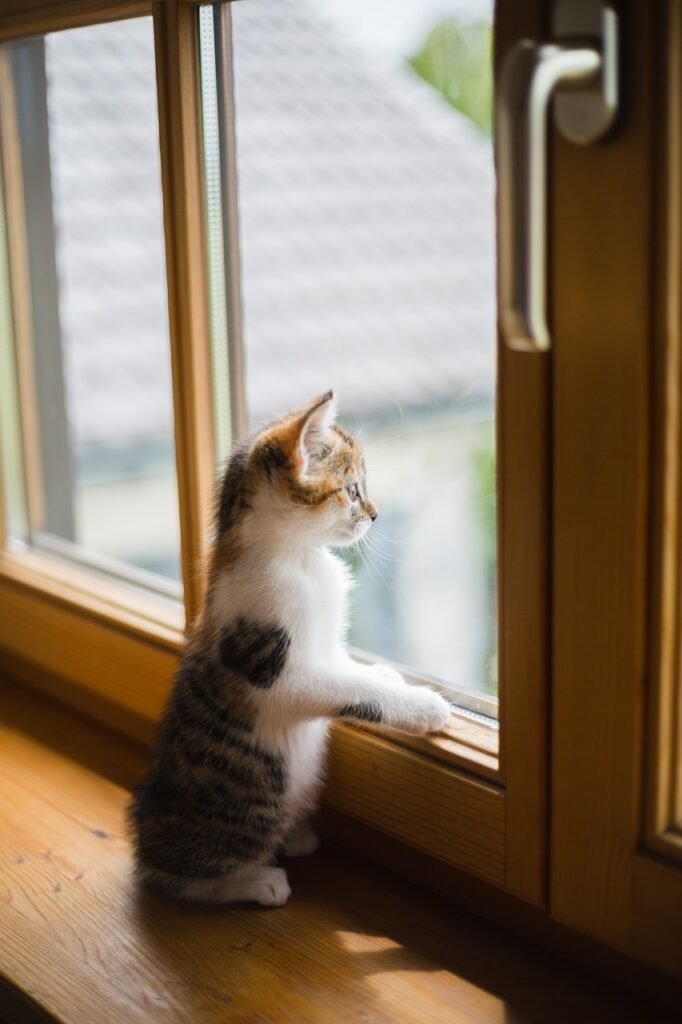
As cats age, their needs and behaviors change. Senior cats may sleep more, play less, or develop new quirks. Watch for signs of cognitive decline, like confusion or changes in litter box habits. Adjust routines to match your cat’s energy levels, and make their environment more accessible—think ramps or lower perches. Older cats may need softer beds and more frequent health checks. Offer extra love and patience as your cat enters their golden years. Aging can bring challenges, but it’s also a time for deepening your bond.
Creating Lasting Memories

Life with a cat is filled with moments that become treasured memories: the first purr, the silly zoomies, the warm cuddles on a rainy day. Take time to enjoy these small joys. Capture photos, share stories, and laugh at your cat’s antics. Every day is a chance to connect and create new memories together. Remember, raising a well-adjusted cat isn’t about perfection—it’s about love, patience, and understanding. What’s your favorite cat memory?
Hi, I’m Bola, a passionate writer and creative strategist with a knack for crafting compelling content that educates, inspires, and connects. Over the years, I’ve honed my skills across various writing fields, including content creation, copywriting, online course development, and video scriptwriting.
When I’m not at my desk, you’ll find me exploring new ideas, reading books, or brainstorming creative ways to solve challenges. I believe that words have the power to transform, and I’m here to help you leverage that power for success.
Thanks for stopping by, Keep coming to this website to checkout new articles form me. You’d always love it!






